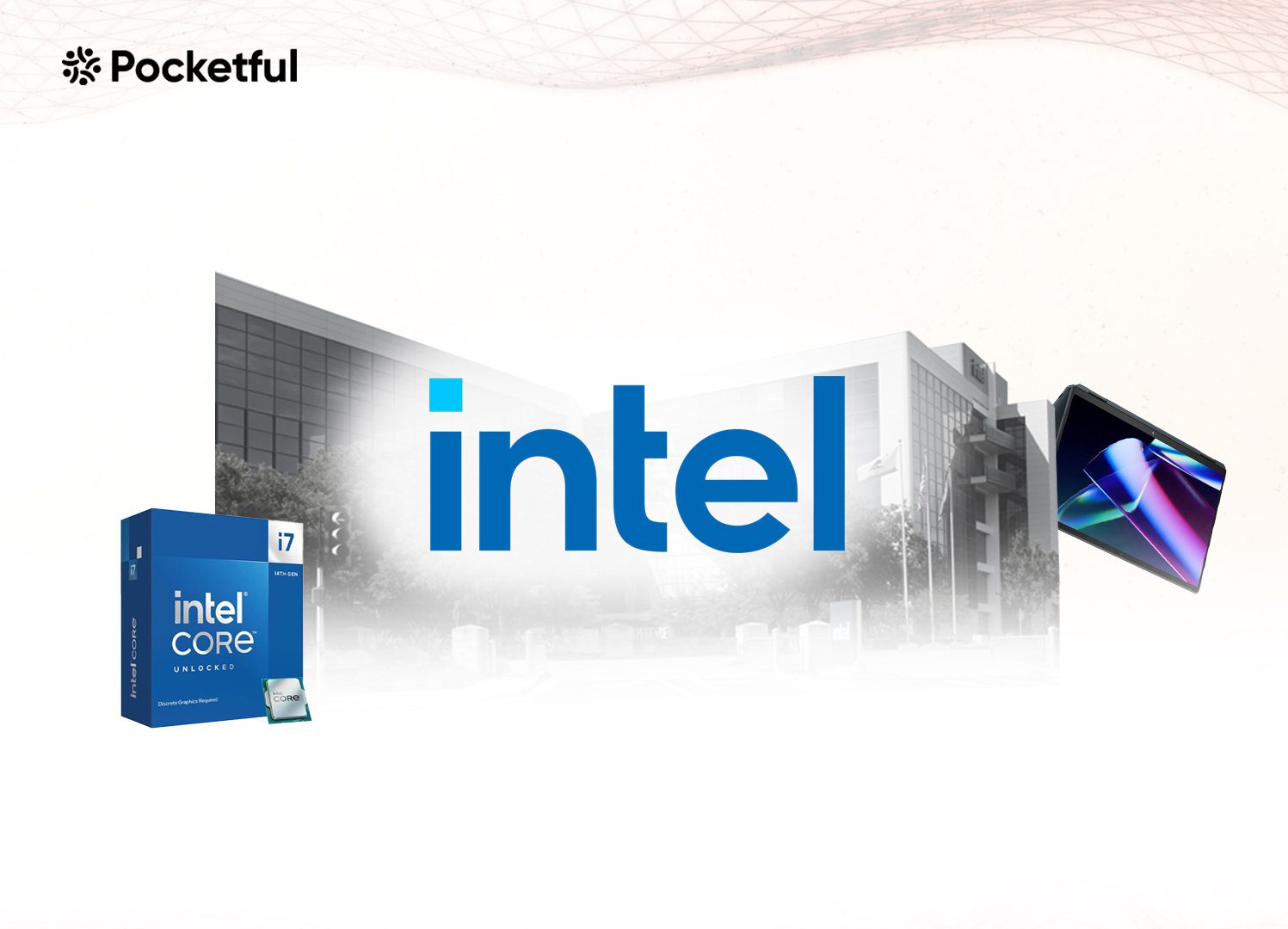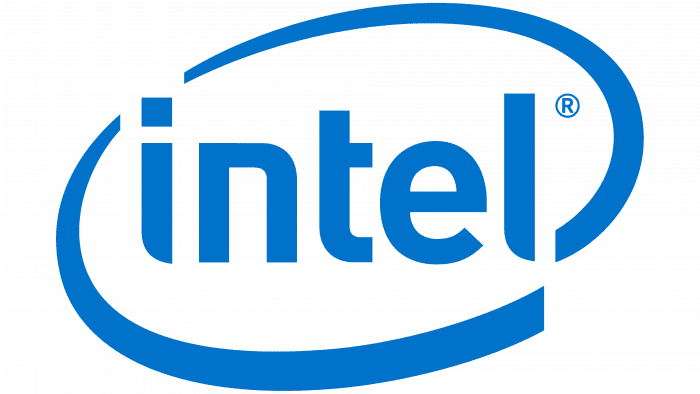| Type | Description | Contributor | Date |
|---|---|---|---|
| Post created | Pocketful Team | Oct-02-24 | |
| Add new links | Nisha | Apr-11-25 | |
| Add new links | Nisha | Sep-05-25 | |
| Add new links | Nisha | Sep-05-25 |
Read Next
- What Is Quick Commerce? Meaning & How It Works
- Urban Company Case Study: Business Model, Marketing Strategy & SWOT
- Rapido Case Study: Business Model, Marketing Strategy, Financial, and SWOT Analysis
- Trump Tariffs on India: Trade vs Russian Oil
- NTPC vs Power Grid: Business Model, Financials & Future Plans Compared
- Exxaro Tiles Vs Kajaria Tiles
- Adani Power Vs Adani Green – A Comprehensive Analysis
- Blinkit vs Zepto: Which is Better?
- UltraTech Vs Ambuja: Which is Better?
- Tata Technologies Vs TCS: Which is Better?
- Tata vs Reliance: India’s Top Business Giants Compared
- HCL Vs Infosys: Which is Better?
- Wipro Vs Infosys: Which is Better?
- Voltas vs Blue Star: Which is Better?
- SAIL Vs Tata Steel: Which is Better?
- JK Tyre Vs CEAT: Which is Better?
- Lenskart Case Study: History, Marketing Strategies, and SWOT Analysis
- Parle Case Study: Business Model, Marketing Strategy, and SWOT Analysis
- Tata Motors Vs Ashok Leyland: Which is Better?
- Apollo Tyres Ltd. vs Ceat Ltd. – Which is better?
- Blog
- intel case study
Intel Case Study: Marketing Strategy and Pricing Strategy

No matter the brand of computer or laptop you own, whether you enjoy playing video games on it or use it for business purposes, most systems are powered by a single US-based manufacturer called “Intel Corporation.”
In this blog, we will delve into an Intel case study, exploring its costs and marketing tactics in Detail.
Intel Overview

Gordon Moore and Robert Noyce, with the help of an investor named Arthur Rock, established Intel in 1968. The company first concentrated on producing memory chips, and in 1971, it unveiled the Intel 4004, the first microprocessor in history. Additionally, they launched the x86 family of microprocessors, which went by the name of Intel’s 8088 chip and was found in nearly all personal computers. The corporation launched a Pentium series of processors during the dot com boom, increasing the value of its brand among customers. The company expanded its product line beyond processors in 2000, adding technologies such as networking, graphics, and mobile computing. AMD is another fierce rival of the corporation in the microprocessor market. The company lost out on a chance to get into the mobile chip business, but thanks to its Xeon processor, it dominated the cloud computing and data center markets. The corporation has purchased numerous companies throughout the world. For example, the company acquired Mobileye in 2017 for $15.3 billion to become a key player in the autonomous driving and advanced driver-assistance systems (ADAS) markets. The company’s CEO unveiled the IDM 2.0 plan in 2020, which calls for the company to manufacture chips for other businesses and consolidate its market position. However, AMD and other players like Apple, with their competitive products, pose a severe threat to the corporation. The headquarters of the corporation are located in California, USA.
Read Also: Case Study on Apple Marketing Strategy
Marketing Strategy of Intel
The Intel marketing strategy has played a pivotal role in establishing the company as a global leader in the technology sector. The following are some essential components of Intel’s marketing strategies:
- Brand Recognition – The business launched a successful marketing effort called “Intel Inside” in 1991, which helped it establish itself as the industry leader. Even today, “Intel” stands for performance and quality.
- Segment Marketing – Intel provides various goods to meet the demands of every user. For example, they manufacture processors for laptops and desktops and also make graphic cards for other applications.
- Strategic Partnership – The company has partnered with several equipment manufacturers, including Dell, HP, and Lenovo, to supply them with Intel processors.
- Digital Marketing – To sell its products, the company also uses digital marketing and collaborates with various tech influencers and reviewers.
- Event Marketing – The organization hosts events worldwide on different tech platforms to engage with IT experts, developers, industry professionals, etc.
Pricing Strategies of Intel.
Intel Corporation maintains its leadership position in the market thanks to its pricing methods. The following are their various pricing schemes-
- Premium Pricing – High-performance Intel Core i7, i9, and Xeon processors are among the best processors available and are thus priced at a premium.
- Segment Pricing – The corporation sets its prices in response to the customers’ requirements. For instance, their mid-range pricing will cover items like i3 and i5 processors; on the other hand, buyers will pay more for their high-end processors, such as K series processors.
- Dynamic Pricing – The business has a dynamic price structure and adjusts the prices of its products according to the locations it serves, i.e., offering its products at lower prices in developing nations than in developed ones.
- Product-Based Pricing – Intel categorizes its products based on their features and prices them differently. For example, it charges differently for processors than it does for cloud computing and data application solutions.
Read Also: TCS Case Study: Business Model, Financial Statement, SWOT Analysis
Conclusion
Finally, Intel has grown from a memory chip producer to the largest microprocessor manufacturer in the world, making it a household name. The company caters to all customer groups by offering high-end processors for gaming and business use, cloud storage, etc. The business is up against fierce competition from recent entrants in the market, such as AMD and Apple. Nevertheless, their marketing approaches have enabled them to establish themselves as the industry leader.
Frequently Asked Questions (FAQs)
Who is the CEO of Intel Incorporation?
The CEO of Intel Incorporation is Patrick P. Glesinger as of 29 September 2024.
What is the full form of Intel?
The full form of Intel is Integrated Electronics.
Where is the headquarters of Intel Incorporation situated?
The headquarters of Intel is situated in California, USA.
Can I buy Intel stock in India?
Yes, you can open a Demat account with a broker that facilitates trading in foreign stocks to purchase Intel shares.
Is Intel’s share listed on the Indian Stock Exchange?
No, Intel’s shares are listed on the NASDAQ stock exchange in the United States, not the Indian Stock Exchange.
Disclaimer
The securities, funds, and strategies discussed in this blog are provided for informational purposes only. They do not represent endorsements or recommendations. Investors should conduct their own research and seek professional advice before making any investment decisions.
Article History
Table of Contents
Toggle